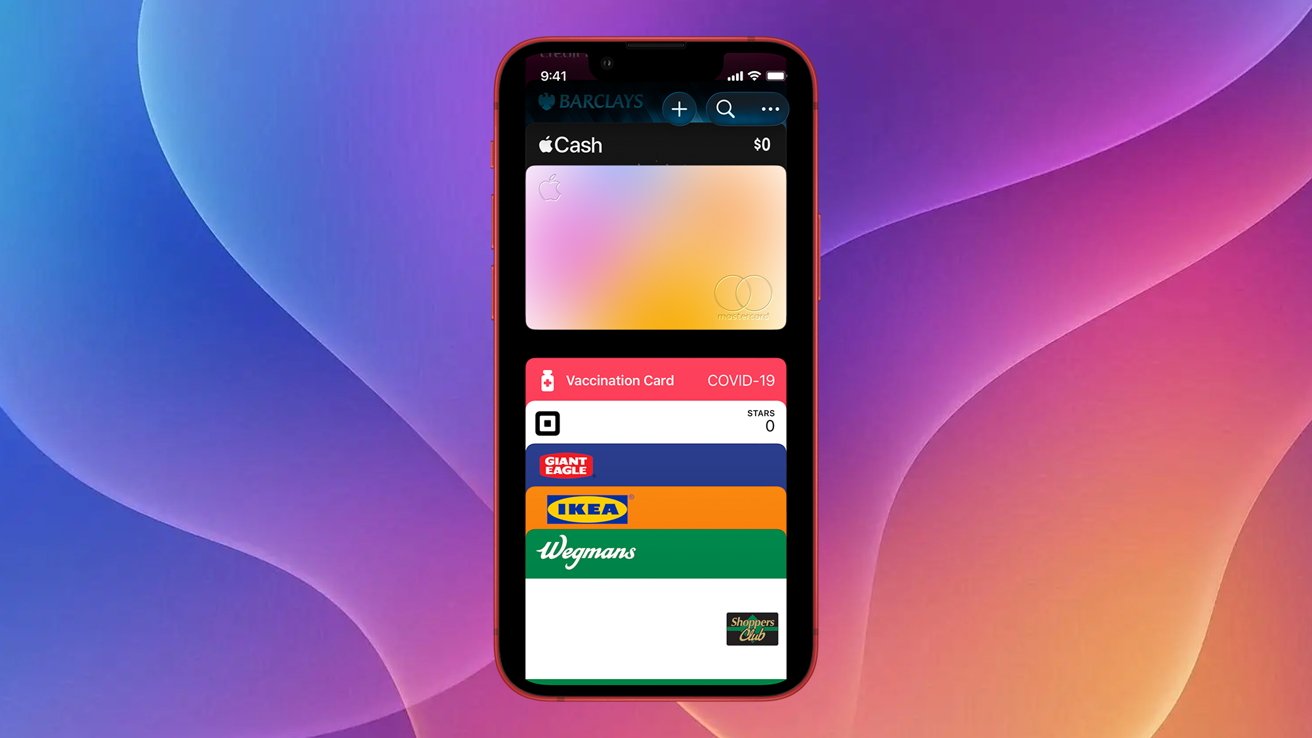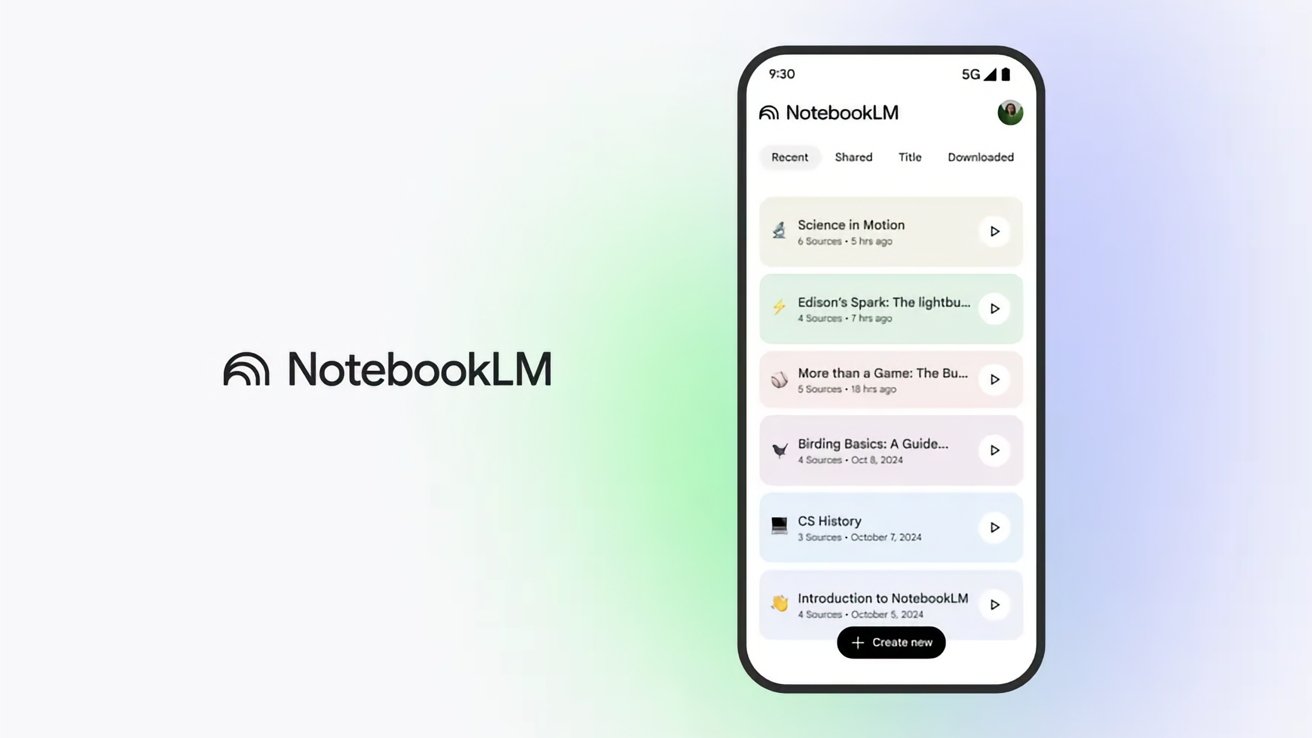Apple’s commitment to user safety is evident in its continuous innovation, particularly in the realm of fall detection technology. The company is exploring the integration of this life-saving feature into a range of wearable devices, including the Vision Pro headset, prospective Apple Glasses, and even smart contact lenses.
The Evolution of Fall Detection
Fall detection technology has been a cornerstone of Apple’s health and safety initiatives. Introduced with the Apple Watch, this feature utilizes built-in accelerometers and gyroscopes to identify significant falls. Upon detecting a fall, the device prompts the user with an alert, offering options to confirm their well-being or contact emergency services. If the user remains unresponsive for a minute, the device automatically calls emergency services, providing the user’s exact location and informing them of the situation. This proactive approach has been credited with saving numerous lives, underscoring the feature’s importance.
Extending Fall Detection to New Wearables
A recent Apple patent outlines plans to extend fall detection capabilities beyond the Apple Watch to other wearable devices. This includes the Vision Pro headset, anticipated Apple Glasses, and even smart contact lenses. The patent suggests that these devices could offer enhanced fall detection due to their proximity to the user’s eyes and head, allowing for more accurate monitoring of biometric data.
Enhanced Biometric Monitoring
The integration of fall detection into head-mounted devices like the Vision Pro and Apple Glasses offers several advantages:
– Eye and Pupil Monitoring: These devices can monitor eye movements, pupil dilation, and eyelid positions. Such data can provide immediate insights into a user’s state of consciousness following a fall.
– Environmental Awareness: Equipped with external cameras, these devices can capture the user’s surroundings. In the event of a fall, this information can be relayed to emergency responders, offering context that can aid in providing timely assistance.
Smart Contact Lenses: The Next Frontier
The concept of smart contact lenses equipped with fall detection is particularly groundbreaking. These lenses would be in direct contact with the eye, allowing for precise monitoring of biometric indicators such as pupil size and responsiveness. This close proximity could enable the detection of subtle changes that might indicate a fall or loss of consciousness.
Challenges and Considerations
While the potential benefits are significant, integrating fall detection into these new devices presents challenges:
– Data Accuracy: Ensuring that the devices can accurately interpret biometric data to distinguish between normal movements and actual falls is crucial.
– User Comfort: Particularly with smart contact lenses, ensuring comfort and safety for prolonged use is essential.
– Privacy Concerns: Collecting and transmitting biometric and environmental data raises privacy considerations that must be addressed through robust security measures and transparent user policies.
Conclusion
Apple’s exploration into expanding fall detection technology into devices like the Vision Pro, Apple Glasses, and smart contact lenses represents a significant step forward in wearable health technology. By leveraging advanced biometric monitoring and environmental awareness, these devices have the potential to offer enhanced safety features, providing users with greater peace of mind. As technology continues to evolve, such innovations underscore the importance of integrating health and safety features into everyday devices, reflecting a broader trend towards proactive health monitoring in consumer electronics.



